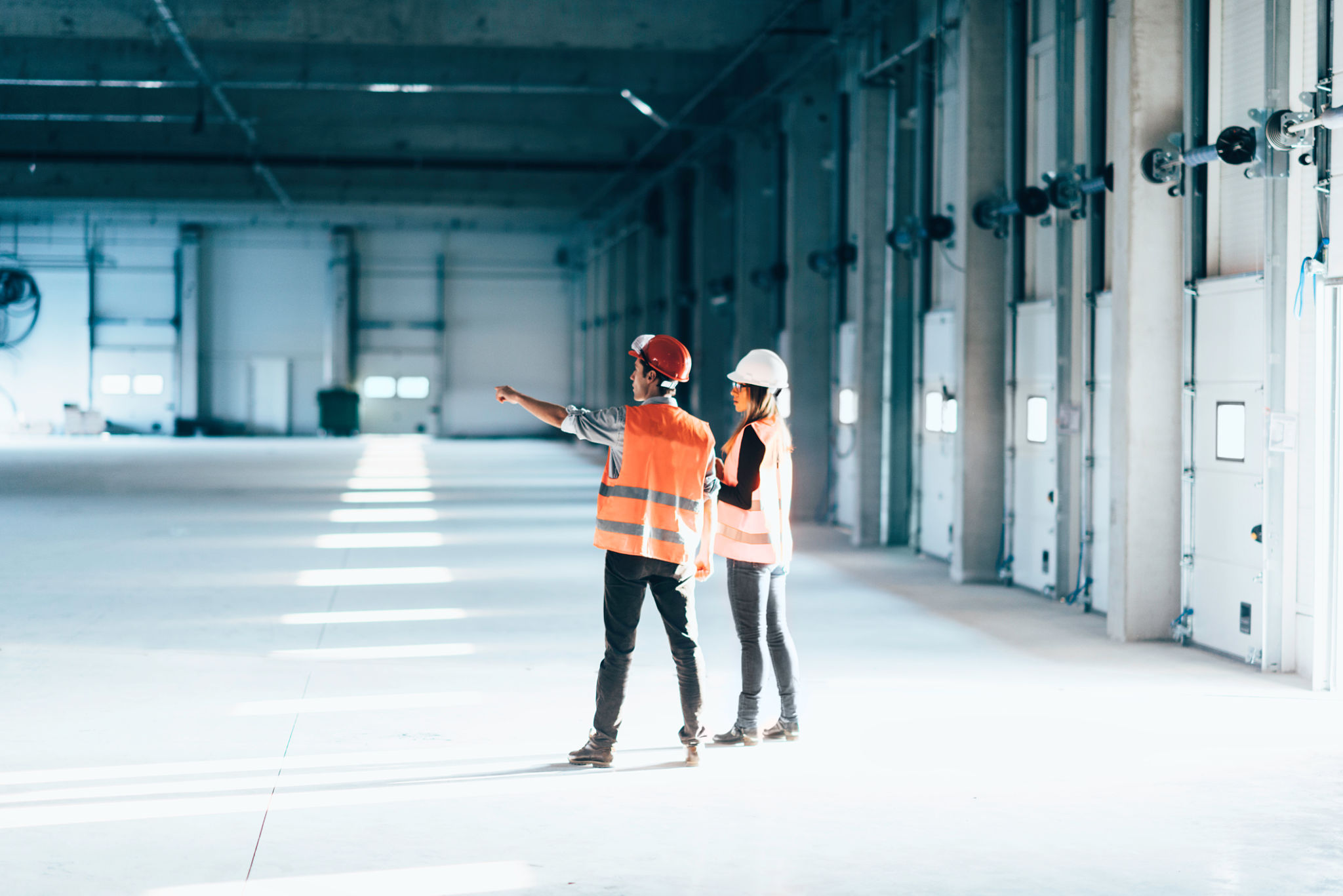How GPR Scanning Services Enhance Safety in Construction Projects
Understanding GPR Scanning Services
Ground Penetrating Radar (GPR) scanning services have become an indispensable tool in the construction industry. These services utilize radar pulses to image the subsurface, providing critical data that enhances safety and efficiency in construction projects. By using GPR, construction teams can avoid potential hazards, reduce costs, and ensure compliance with safety regulations.

The Benefits of GPR Scanning
One of the most significant advantages of GPR scanning is its ability to detect hidden objects beneath the surface. This includes utilities like pipes and cables, as well as potential obstacles such as voids or large rocks. By identifying these elements early in the planning process, construction teams can adapt their plans accordingly, avoiding costly delays and ensuring a safer work environment.
Additionally, GPR scanning is a non-invasive method, meaning it does not disturb the ground or existing structures. This feature is particularly valuable in urban areas where construction work must be conducted with minimal disruption. The ability to provide accurate and reliable data without physical interference makes GPR scanning a preferred choice among engineers and project managers.
Enhancing Worker Safety
Worker safety is a paramount concern in any construction project. GPR scanning significantly contributes to this by minimizing the risk of accidents related to underground utilities. By pinpointing the exact locations of electrical lines, gas pipes, and water mains, workers can avoid accidental strikes that could lead to injury or even fatalities.

Moreover, GPR scanning helps identify structural weaknesses in existing buildings or infrastructure. By detecting issues like voids or compromised materials, necessary precautions or reinforcements can be implemented to prevent structural failures during construction activities.
Improving Project Efficiency
Time is a crucial factor in construction projects, and delays can lead to increased costs and missed deadlines. By using GPR scanning services, construction teams can streamline their operations by having a clear understanding of what lies beneath the surface before breaking ground. This foresight allows for more accurate project planning and execution.
- Accurate assessment of subsurface conditions
- Reduced risk of project delays
- Enhanced project timeline management

Cost-Effectiveness of GPR Scanning
While investing in GPR scanning services might seem like an additional expense, it is essential to consider the long-term cost savings it provides. By identifying underground utilities and potential hazards early on, construction companies can avoid unexpected repairs and adjustments that often lead to budget overruns.
Furthermore, preventing accidents through detailed subsurface mapping reduces liability and potential legal costs associated with workplace injuries. Therefore, GPR scanning not only protects workers but also the financial health of the construction project.
Conclusion: The Future of Construction Safety
As the construction industry continues to evolve, embracing innovative technologies like GPR scanning will be crucial for enhancing safety and efficiency. These services provide vital insights that allow for informed decision-making and proactive risk management. By integrating GPR scanning into standard operating procedures, construction companies can ensure a safer working environment while optimizing their project outcomes.
The adoption of GPR scanning services is more than just a trend; it is a strategic approach to modern construction challenges that underscores the industry's commitment to safety and excellence.
